Idaho Bankruptcy Court Holds that Later-Recovered Assets Revert to Borrower Absent Plan Provision to the Contrary
Troutman Sanders
FEBRUARY 16, 2024
In In re McCrorey , the debtors confirmed a chapter 13 plan, which required them to make payments for 60 months and provided no payments to unsecured creditors. Apparently, three years prior to the bankruptcy filing, the debtors had a vehicle repossessed by the bank.

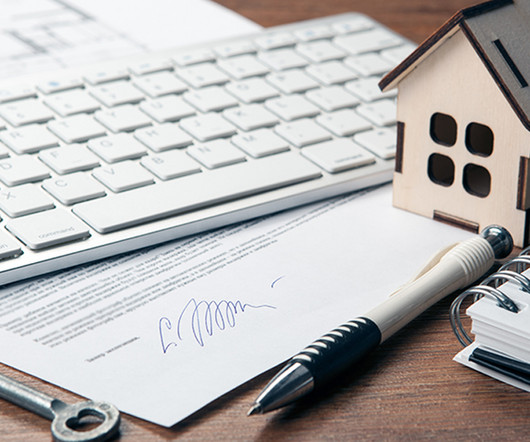
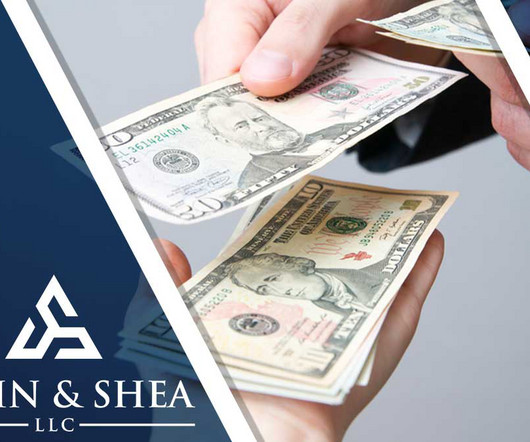
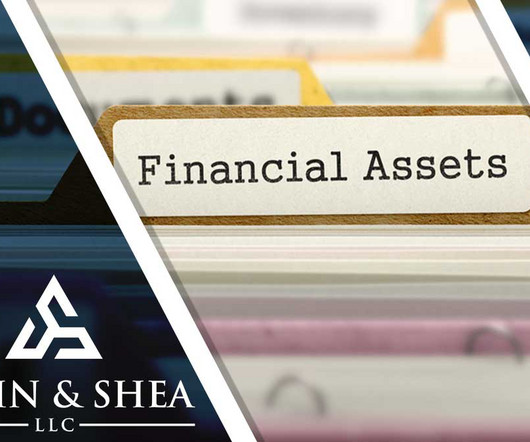
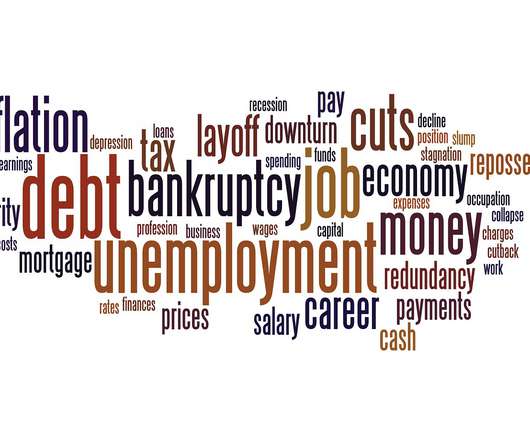
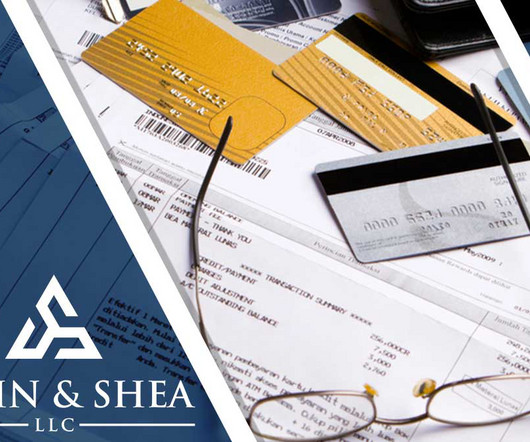







Let's personalize your content